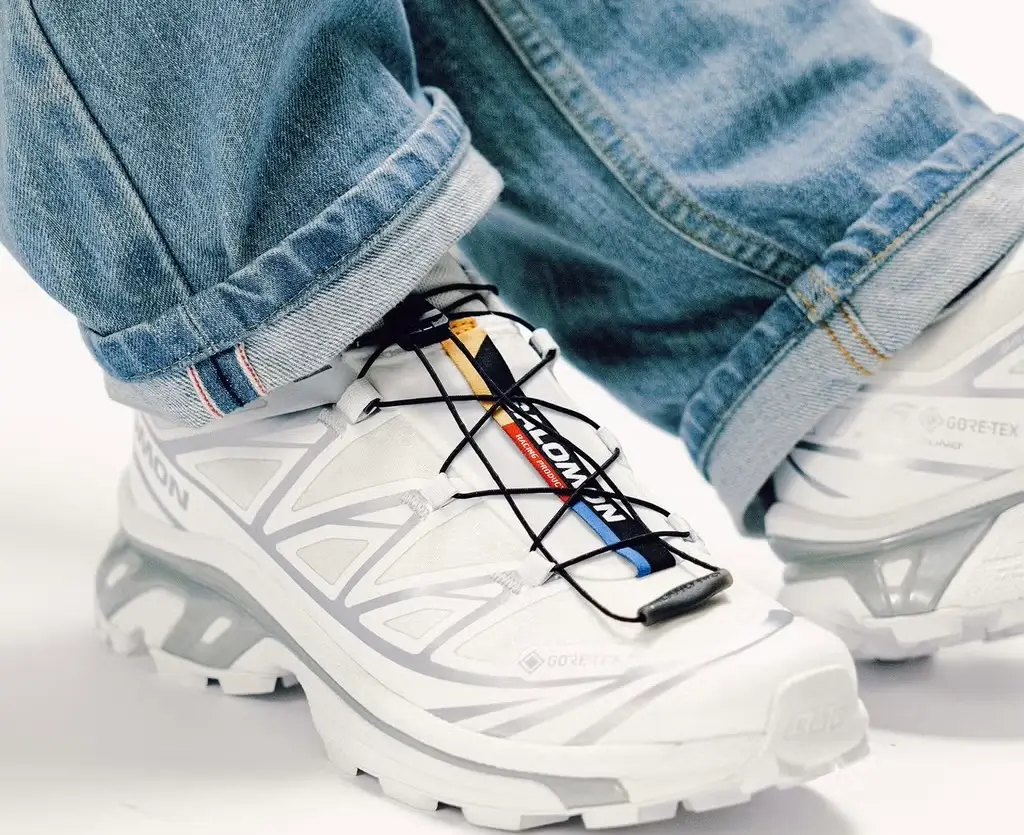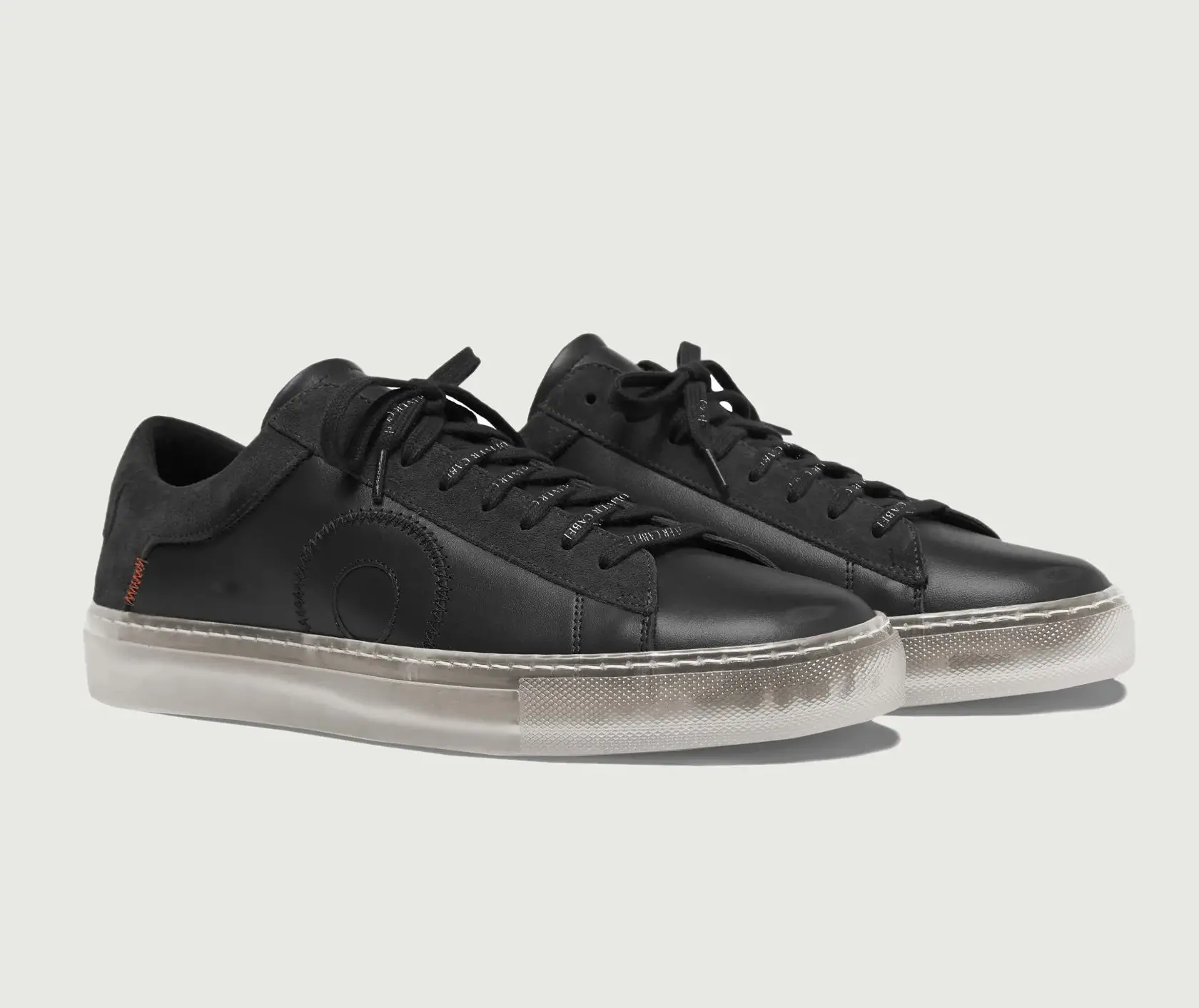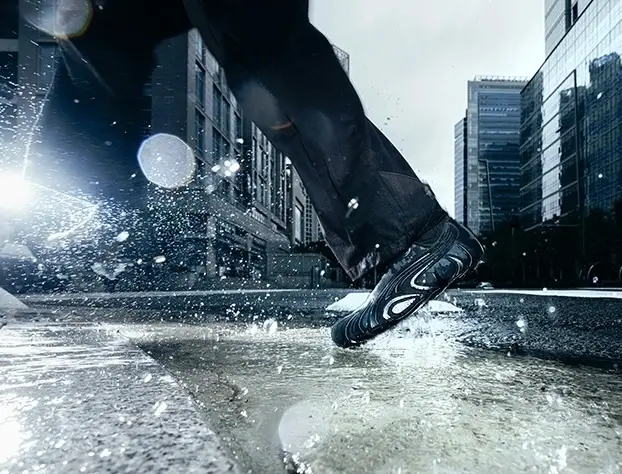The shoe industry is no stranger to high-profile collaborations, but when Nike teamed up with Swarovski to reimagine the Air Jordan 1, it wasn’t just another drop—it was a statement. This wasn’t merely about footwear; it was about pushing the limits of design, exclusivity, and cultural symbolism. The Nike x Swarovski Air Jordan 1 is a sparkling reminder of how far sneakers have come: from basketball courts to runways, from athletic gear to haute status symbols.
Origins of the Jordan 1 Legacy
To understand why a Swarovski-studded Air Jordan 1 matters, you have to start with the original silhouette. The Air Jordan 1 debuted in 1985, designed by Peter Moore for a young Michael Jordan entering the NBA. It broke the mold—visually and culturally. The “Banned” narrative, where the NBA fined Jordan for wearing a non-regulation colorway, turned the sneaker into a symbol of rebellion and individuality. Over decades, it became a canvas for storytelling, collaboration, and reinvention.
Swarovski’s Crystal Influence
Swarovski is synonymous with precision-cut crystal luxury. Founded in Austria in 1895, the brand made its name in fashion, jewelry, and art through immaculate craftsmanship. Its entry into the shoe world signals a shift—not just in design aesthetics but in consumer expectations. People no longer buy sneakers just to wear; they buy them to showcase, to collect, to flex.
By fusing the rugged heritage of the Jordan 1 with the polished, almost fragile beauty of Swarovski crystals, Nike managed to create something that lives in a space between streetwear and gallery art. It’s wearable opulence.
Design Execution
The Nike x Swarovski Jordan 1 doesn’t just add crystals as an afterthought. This is a considered, meticulous composition. Each crystal placement contributes to the design’s symmetry and texture. The shoe often features a monochrome or tonal base—black or silver—allowing the crystals to pop with full effect. The contrast is deliberate: the matte leather base speaks to basketball grit, while the reflective surfaces turn every movement into a light show.
Hardware elements—often overlooked in typical shoe construction—are refined here. Fasteners, eyelets, and overlays are sometimes reimagined or enhanced with metallic finishes, elevating the sneaker to couture levels. The shoe doesn’t feel mass-produced. It feels sculpted.
Limited Release, Maximum Impact
The exclusivity strategy surrounding this sneaker played a critical role in its cultural reception. Limited quantities, high price point, and selective availability created the perfect storm for hype. But beyond scarcity, it was the cross-industry fusion that drew attention.
Swarovski brought in consumers who don’t typically line up for shoes. Nike brought in sneakerheads who might not otherwise care about bespoke embellishment. The collaboration created a Venn diagram moment where different fashion tribes met in the middle.
Cultural Commentary Through Crystals
At its core, the Nike x Swarovski Jordan 1 is a cultural commentary. It challenges the idea that athletic wear must be functional and understated. It questions what luxe means in a Gen Z-dominated market where streetwear has replaced the traditional suit as a symbol of success. It forces us to reconsider value—not in terms of performance specs, but in terms of story, presentation, and emotion.
This sneaker doesn’t just speak to fashion—it speaks to shifts in power. The traditional gatekeepers of opulence—French fashion houses, elite runways—are now sharing space with brands like Nike. And Nike is doing more than keeping up; it’s leading.
Criticism and Counterpoints
Of course, not everyone sees the Swarovski Jordan 1 as a triumph. Some purists argue that it betrays the sneaker’s athletic roots. Others see it as gimmicky—an unnecessary sparkle over a design that already commands respect.
But those criticisms miss the point. The sneaker isn’t meant to replace the original Jordan 1. It’s meant to reinterpret it, to engage a new audience, and to explore the edges of what sneaker culture can be. This isn’t about performance on the court. It’s about performance in culture.
Where It Fits in the Larger Landscape
This partner fits into a broader movement in fashion and product design: the collapse of genre. Music is genreless now; so is fashion. The line between streetwear and haute couture has blurred. Balenciaga makes hoodies. Dior makes skate decks. The Swarovski Jordan 1 sits uniquely in this context.
Additionally, this drop adds to Nike’s growing archive of museum-worthy collaborations. Like the Off-White “The Ten” series or the Dior x Jordan 1s, the Swarovski collab reminds us that some sneakers are more than footwear. They’re time capsules.
Collectibility and Future Value
As with most limited connections, the Swarovski Jordan 1 will likely hold and even grow in value—assuming it’s kept in pristine condition. But its real value isn’t just resale; it’s archival. This sneaker marks a point in history where mainstream athletic brands didn’t just flirt with luxury—they married it.
Future collectors and historians will look back on this moment not just for the sneaker itself, but for what it represents: the democratization of luxury, the rise of hybrid fashion identities, and the continued evolution of what it means to “wear art.”
Final Word
The Nike x Swarovski Air Jordan 1 isn’t for everyone. It’s too bold, too shiny, too impractical for many. But that’s exactly why it matters. It dares to be something different. It demands attention in a world where conformity is easy. And most importantly, it reminds us that even a shoe—a piece of rubber, leather, and laces—can be elevated to the realm of art.
No comments yet.








